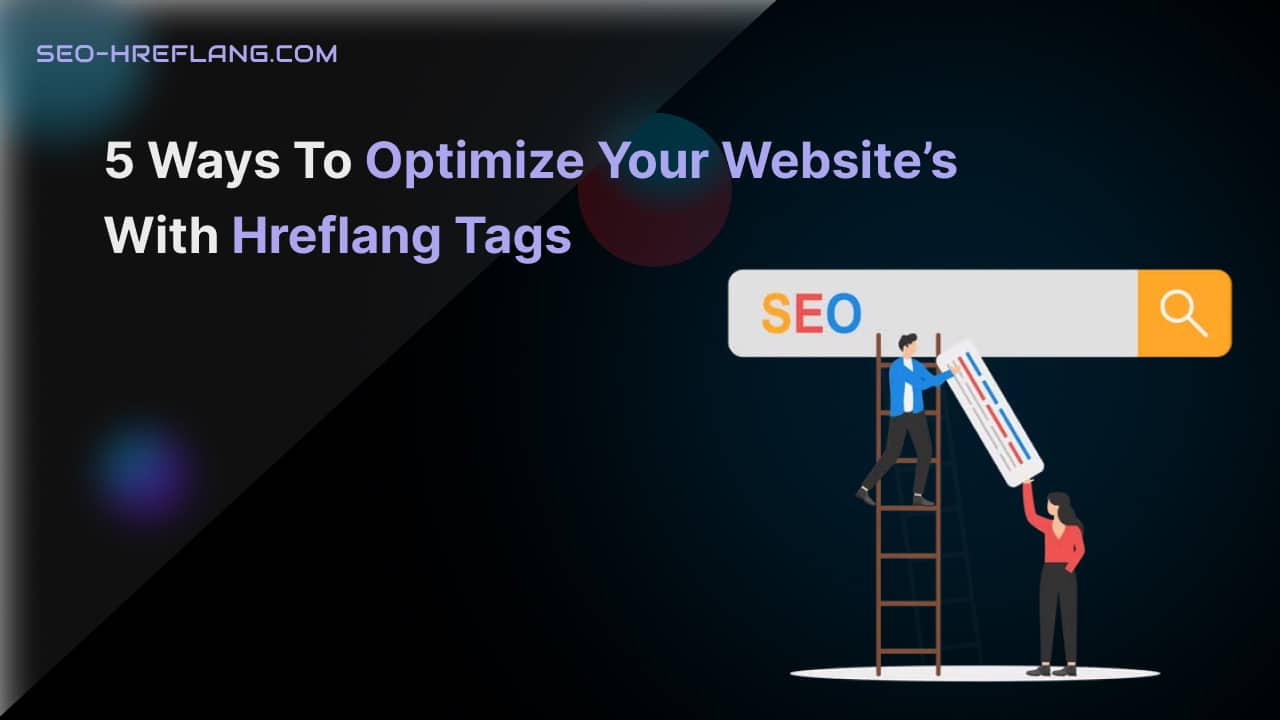Hreflang tags are an essential part of international SEO, as they tell search engines which language and regional version of a webpage Performance to serve to users in different countries.
However, implementing hreflang tags can be tricky, and there are several common mistakes that website owners make. In this blog post, we’ll explore some of the most common hreflang tag mistakes and how to avoid them.
Learn how to optimize your website’s performance with hreflang tags. In this blog post, we’ll explore 5 ways to use hreflang tags effectively to improve your international SEO strategy, avoid duplicate content issues, and provide a personalized experience for visitors in different countries and languages. Check it out now.
1. Use Hreflang Tags on Canonical Pages Only
Hreflang tags should be used only on canonical pages, which are the primary versions of a webpage Performance. Using hreflang tags on non-canonical pages, such as duplicate pages or pages with different content, can cause indexing issues and hurt your website’s SEO.
By using hreflang tags only on canonical pages, you can ensure that search engines understand the language and regional targeting of your website’s content, avoid duplicate content issues, and improve your website’s overall performance.
2. Use Consistent Hreflang Tags Across All Relevant Pages
Another way to optimize your website’s performance with hreflang tags is to use consistent hreflang tags across all relevant pages. This means that if you have multiple language and regional versions of a webpage, you should set consistent hreflang tags for each version.
Using inconsistent hreflang tags can confuse search engines and cause indexing issues, which can hurt your website’s SEO. By using consistent hreflang tags across all relevant pages, you can ensure that search engines understand the language and regional targeting of your website’s content and provide a better experience for your visitors.
3. Use Correct Language and Region Codes in Hreflang Tags
Using incorrect language and region codes in hreflang tags is another common mistake that can hurt your website’s SEO performance. Language codes are two-letter codes (e.g., en for English, es for Spanish), while region codes are two-letter codes (e.g., US for United States, GB for Great Britain).
To optimize your website’s performance with hreflang tags, make sure to use the correct language and region codes when setting hreflang tags. You can find a list of language and region codes on the W3C website.
4. Use Hreflang Tags on All Relevant Pages
Using hreflang tags on all relevant pages of your website is another way to optimize your website’s performance with hreflang tags. This means that if you have multiple language and regional versions of a webpage, you should set hreflang tags for each version.
Using hreflang tags on all relevant pages can help search engines understand the language and regional targeting of your website’s content, avoid duplicate content issues, and provide a better experience for your visitors.
5. Test Your Hreflang Tags
Finally, testing your hreflang tags is essential to optimize your website’s performance with hreflang tags. If you don’t test your hreflang tags, you may not realize that there are errors or issues with your tags.
To test your hreflang tags, use tools like Google Search Console or the hreflang tag checker on the SEO Hreflang Customizer website. This will help you identify any errors or issues with your tags and fix them before they affect your website’s SEO.
Hreflang tags are an essential part of your website’s international SEO strategy, but they can be tricky to implement correctly. By avoiding these common hreflang tag mistakes, you can ensure that your website appears in search results for relevant queries in different languages and regions, avoid duplicate content issues, and provide a better experience for your visitors.





